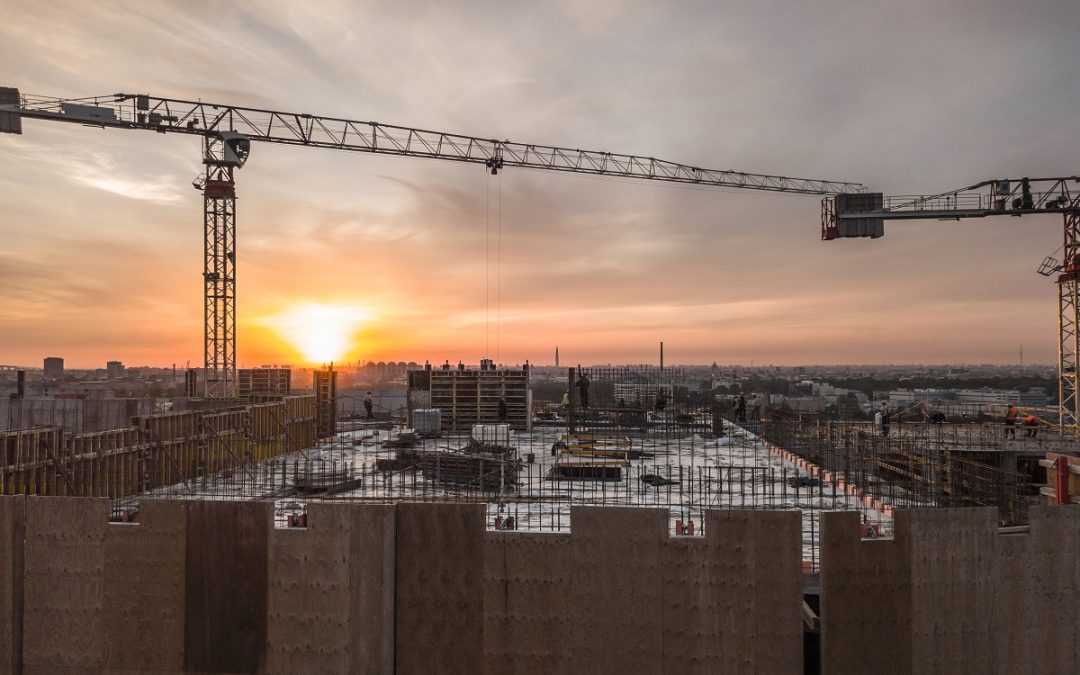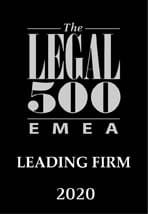Stricter rules for ad placement – new challenges for advertisers
As we reported in the first article in our series on the New Construction Act, the majority of the rules in Act C of 2023 on Hungarian Architecture (“HAA”) took effect on 1 October. The second article of our series deals with certain key changes in the regulation of advertising under the HAA.
1. New elements in the HAA
Legislation in one place
In the past, the placement of advertising was not regulated by Act LXXVII of 1997 on the Development and Protection of the Built Environment but by Act LXXIV of 2016 on the Protection of Townscapes (“TPA”) and Government Decree No. 104/2017 on the implementation of the TPA’s provisions on advertising.
With a view to regulating these matters in a uniform manner, the most important rules pertaining to the placement of advertising and advertising structures are now included in the HAA’s Chapter on national and local townscape protection. Starting from 1 October, the provisions of the above-mentioned Government Decree regarding the placement of advertising shall not be applicable.
The purpose of introducing uniform rules is to eliminate advertising that tarnish townscapes and to only permit advertising that can project a well-maintained, aesthetically pleasing and coherent image.
The regulation of advertising in the light of fundamental principles
The HAA sets out certain fundamental principles, such as the need for alignment with local traditions and state-of-the-art knowledge and the importance of conserving architectural heritage and using it tastefully. [HAA, Section 3(1)] It follows from these principles that advertising may only be placed in a location where it is visible from public areas if it is consistent with the unique, valuable and traditional architectural identity of the relevant town or neighbourhood.
Scope
When it comes to advertising, a prominent difference between the HHA and the TPA is their scope.
The HHA does not apply to political or business advertising placed in shopwindows or on corporate signs, but it governs advertising placed alongside roads. [HAA, Sections 102(2) and (3)]
Citylight boards
In another new development, the HAA aims to combat the fragmentation of advertising, i.e. the large-scale placement of small ads, by prohibiting the placement of ads (other than billboards) that are smaller than what is known as “citylight” size.
A citylight board is a piece of equipment that is capable of displaying backlit business advertising or digital content and has a size of more than 1 sqm and less than 3 sqm. Citylight boards are typically located in pedestrian underpasses, bus stops and other high-traffic areas.
2. Bans and restrictions
The HAA states that the placement of advertising is banned
(a) on prominent national memorial sites[1],
(b) on monuments and the related pieces of land[2],
(c) within historic gardens[3],
(d) within a protected cemeteries,
(e) within highly protected archaeological sites, and
(f) within protected nature reserves of national significance.
The government has no obligation to pay compensation due to bans introduced for townscape and heritage protection purposes. [HAA, Section 103(2)]
Certain restrictions will also apply in areas that are not covered by the national ban, and therefore ads may only be placed on street furniture, advertising columns, utility poles, advertising structures and buildings (construction safety nets, firewalls and rooftops), in the size and format, and for the period, specified in a Government Decree on the implementation of the HAA, if they are consistent with the unique, valuable and traditional architectural identity and urban structure of the relevant town or neighbourhood. [HAA, Sections 104(1) and (3)]
A fundamental requirement for any piece of advertising is that it must be in adequate technical and aesthetic condition. [HAA, Section 104(2)]
In this context, it is essential to clarify some key definitions:
(i) The term advertising device shall mean, in summary, the advertising installation and the equipment supporting the advertising installation.
(ii) An advertising installation is a device, equipment, or establishment which, by reason of its function or the purpose for which it was installed, provides, facilitates, or supports primarily the publication or placement of advertising.
An advertising device includes, but is not restricted to, an installation for lighting an advertisement and its accessories, but does not include, for example, an advertising device performing a life-saving function as defined in road traffic regulations, an advertising device displaying an orientation sign on street lighting, electricity or telephone poles, or an advertising device on a device for traffic safety purposes.
(iii) An equipment supporting the advertising installation is a device which, by its function or the purpose for which it was installed, primarily supports or provides or facilitates the placement of the advertising installation.
In addition to the above restrictions, there is also a time limit, as the maximum length of a contract concerning the placement of advertising in any public or private space is 15 years. The maximum period while advertising may be displayed on a construction safety net is 24 months. [HAA, Section 104(11)]
Consequences of violating bans and restrictions
A fine between HUF 650,000 and HUF 4,000,000 may be imposed for a violation of the rules on the placement of advertising and the fine may be imposed repeatedly as long as the violation is not remedied. [HAA, Section 105(1)] On-the-spot fines range between HUF 10,000 and HUF 100,000.
3. Restrictions on billboards
Billboards may not be placed on buildings or other structures without the consent of the owner or tenant, or if the building or structure is owned by the state or a local authority, the asset manager. Violations of this rule may result in the imposition of a fine. [HAA, Section 106(1)]
A fine between HUF 40,000 and HUF 200,000 may be imposed, while on-the-spot fines range between HUF 10,000 and HUF 100,000.
4. National advertising register
There is another requirement that must be met before a piece of advertising may be placed in any particular location: an “acknowledgement procedure” must be completed by a competent local authority to determine whether all applicable conditions are satisfied. The information that must be stated in the application for such a procedure are listed in a Government Decree.
The National Media and Infocommunications Authority (“NMHH”) keeps a national advertising register with the objective of ensuring that the placement of advertising can only done lawfully if the advertising is listed in the register. [HAA, Section 104(8)] You can access the register here: Data of the registered advertising devices.
The details of keeping the advertising register are set out in NMHH Decree No. 2/2024 (I. 23.) on the keeping of the national advertising register (“NMHH Decree”).
An ad will be entered in the register at the request of the ad’s owner, and such requests may only be made electronically. The electronic access is available for individuals by submitting an e-Paper and for legal entities by using the NMHH Data Gateway. As a first step in filing a request, legal entities must register by completing an electronic application on the NMHH Data Gateway.
An annual fee of HUF 15,000 per advertising surface per year shall be paid for the maintenance of the national advertising register for the advertising devices listed in the register. The annual fee shall be paid annually by 1 March of the year in question. In the calendar year in which the NMHH has registered the advertising device in the national advertising register, the owner of the advertising is not obliged to pay the annual fee [NMHH Decree Section 7].
5. Transitional provisions
Existing contracts concerning fixed-term ads may be prolonged up to 30 June 2025, whereas new contracts concerning such ads may be concluded until 30 June 2025. [HAA, Section 230(1)]
Advertising that does not meet the requirements of the HAA or the Government Decree on its implementation may remain on display until 30 June 2025, i.e. the owners of such non-compliant advertising will have to remove the relevant advertising before that date or face a fine. [HAA, Section 230(4)]
Advertising that meets the requirements of the HAA may remain on display until 30 June 2025 without the completion of any specific regulatory procedure, but an acknowledgment procedure will have to be initiated on or before 31 March 2025. Subject to the outcome of the acknowledgement procedure, the NMHH will review whether a prior listing of the advertising in the national register was in line with the relevant requirements. [HAA, Sections 230(5) and (6)]
Authors: Zsanett Szabó and Anna Nánási


[1] A prominent national memorial site is a venue that had a prominent role in Hungarian history and has been declared a prominent national memorial site by an act of Parliament. [HAA, Section 16.69]
[2] A monument is a building or other property with historic or architectural significance that has protected status under a statute and is listed in a state register; it can be classed as a national or local monument [HAA, Section 16.82]
[3] A historic garden is a piece of landscape architecture, green area or park that has historic or architectural significance, whether existing alone or in conjunction with another monument or as part of the historic urban fabric. [HAA, Section 118(1)]


